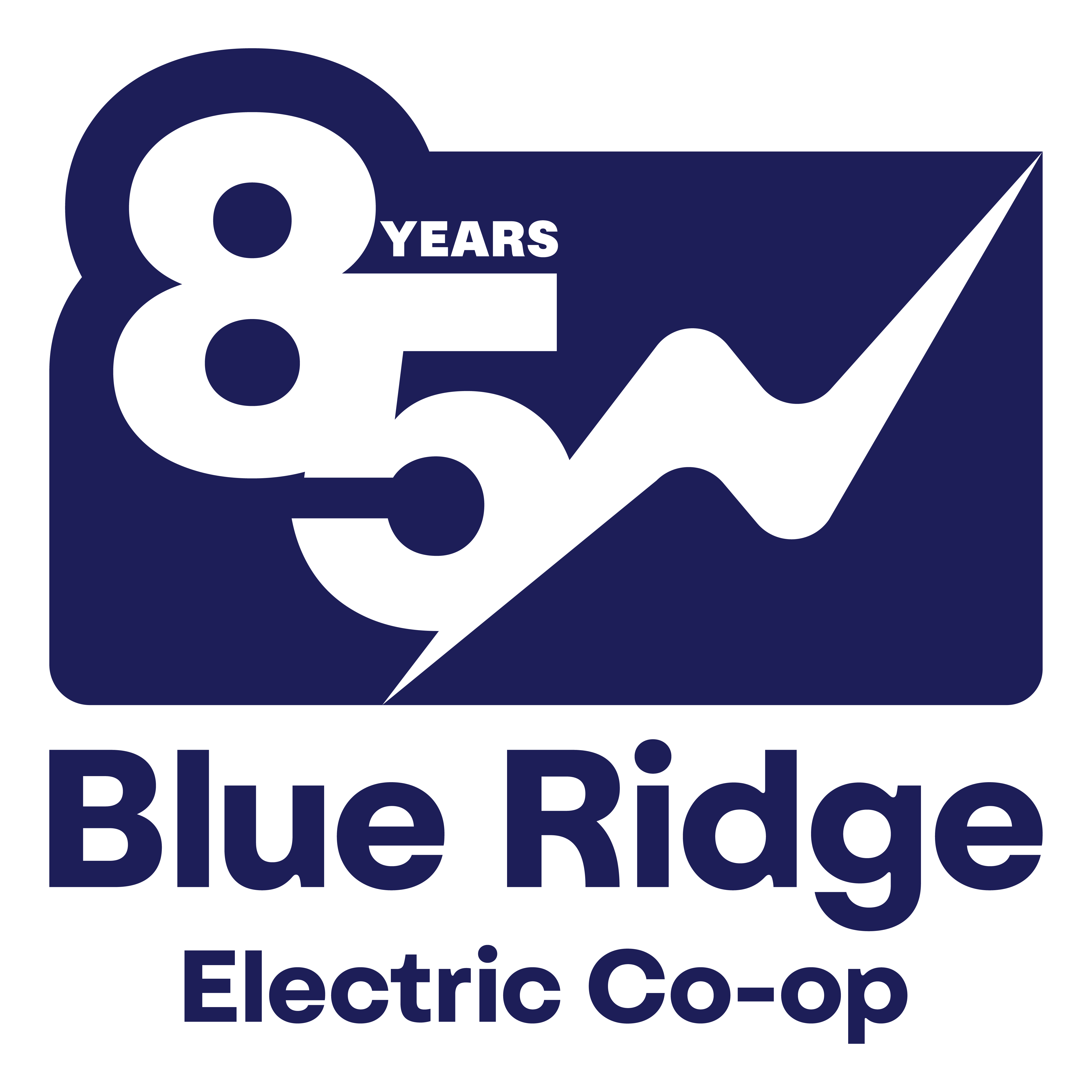Geothermal Heating and Cooling
One of the most appealing things about our locale is the presence of four distinct seasons throughout the year. Those seasons go from blazing summers to cool frigid winters. However, what many people don't realize is that the temperature below ground (regardless of climate or season) stays fairly consistent all year. While air temperatures can vary greatly from day to night or winter to summer, the temperature just a few feet below the earth's surface stays an average 55°-70°F year-round. A geothermal heating and cooling system captures heat and moves it from place to place, making it the most environmentally friendly and cost-efficient way to heat and cool your home. Take a look at all its advantages and see if it works for you.
Since outdoor temperatures fluctuate with the changing seasons, but underground temperatures do not, geothermal systems use a series of fluid-filled underground pipes that absorb solar energy stored in the earth and carries it indoors. In summer, the system reverses, transferring heat from inside and deposits it in the cooler earth. In other words, a geothermal system removes heat from an indoor setting producing a cooler environment, while heating involves extracting outdoor heat and moving it inside to make a home or business warm and comfortable.
The ground loop is such a vital part of a geothermal system and it must be placed correctly so that it will work at its most effective and efficient level. Depending on the conditions at your home or business, you may find you have to make a choice between a vertical ground loop or a horizontal ground loop. Both types of loop systems work equally well, but the choice between them is usually governed by how much ground space is available for the loop.
A horizontal ground loop is probably the most common of the two, and is installed over a wide area of ground, buried at the optimum level of four to six feet. Horizontal ground loops require a substantial amount of open ground space for installing the pipes. Horizontal ground loops are used in situations where there is plenty of open ground space available for the digging and trenching required to install the pipes. Many rural or suburban homes have adequate ground area for this installation, as do individual commercial buildings that are built on their own plots of land.
A vertical ground loop is installed in holes drilled deep into the ground, usually to a depth of 150 to 300 feet. The loop pipes are placed into these holes, which are typically placed about 20 feet apart.
Geothermal Benefits
· Geothermal is the only renewable that is reliable 24-hours per day, 7 days per week, 365 days per year
· 5x more efficient than an ordinary system
· Reduces overall system costs for Blue Ridge, helping all members
· Moves existing heat rather than creating it
· Reduces the largest consumer of energy in your home - HVAC
· Geo equipment lasts twice as long as traditional HVAC equipment (25 years vs around 12)
· The most environmentally friendly and cost-efficient way to heat and cool your home (Department of Energy and EPA)
· Installed to Blue Ridge specifications and terms
· Waterfurnace participating dealers offer special pricing to BREC members
For qualifying members, Blue Ridge Electric is proud to offer on-bill financing at 8% for up to 7 years, as well as a geothermal rebate of $500 per ton for the installation of new vertical or horizontal loops. The state and federal government also offer tax credits to qualifying applicants. More information can be found on state tax credits here and federal tax credits here.
The least expensive loop that fits on your property.
They are virtually all the same. The loop is designed for your particular application.
The material has a life expectancy of 200 plus years. It’s the same material used in the gas and petroleum industry.
Do you own a lawnmower? A 4 ton vertical loop fits in a 15’ x 15’ square feet space.
Depends on the type of loop.
- Horizontal loops are buried on an average of 4 to 6 feet.
- Vertical loops are an average of 150 to 300 feet in depth.
- ROI – it’s very attractive and out performs the stock market, we would be glad to have this modeled for your particular application.
- Breakeven - based on current tax incentives and BREC rebates, a 3 ton geothermal system will have paid for itself in 7 years. If you are or have to replace your current system, the pay back is typically the first day you own the system.
If you are comparing geothermal to ordinary high efficiency air conditioning, the upfront could be twice as much. However, with the tax incentives and BREC rebates, in most cases the cost is the same or even less than that of an ordinary system.
Geothermal systems harness the thermal energy in the ground beneath our feet. The ground temperature remains fairly constant year round. No matter if it’s winter or summer. Ordinary air conditioners uses the outdoor air for its heat exchange source which fluctuates tremendously from summer to winter. In our area, it can range from the teens to triple digits.

